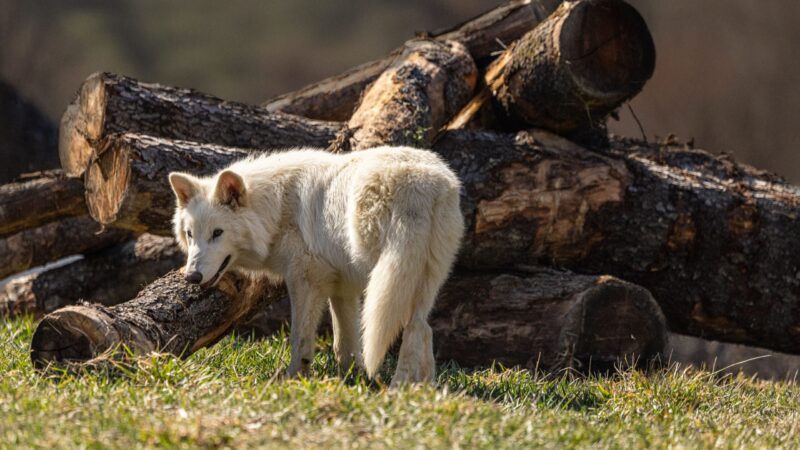Colossal Laboratories and Biosciences has turned the plot of Jurassic Park into a reality- sort of. They have re-introduced Dire Wolves, a species of once-extinct ancient canines, to the world through the power of advancements in genome sequencing- but how did they do it, and what does this mean for the newly resurrected species?
Colossal is made up of a team of passionate scientists who have been working for years to accomplish what they have today. Three baby dire wolves are being held in an undisclosed location with constant surveillance. The pups are named Remus, Romulus, and Khaleesi. Remus and Romulus are 6 months going strong now, and Khaleesi just hit 3 months. In order to create these wolves, scientists needed to reverse engineer the genome of a dire wolf. They got their DNA samples from a “10,000 year-old tooth and 72,000 year-old skull,” and then used grey wolf to complete the sequence. Typically, grey wolves have 14,000 genes, so the scientists took the DNA they extracted from the bones and compared it to the genome of dire wolves. They used their findings to edit the genes of a grey wolf and put the nucleus of the synthesized DNA into a donor dog egg, incubated it, and ta-da! Dire wolves walked the earth once again.
However, there have been mixed reactions to the wolves. Technically, dire wolves are actually much closely related to African jackals, and as they were so far removed and don’t even belong in the same genus, the dire wolves that are here now, are more of an original species than anything else. In addition, the scientists at Colossal said “No animals were harmed,” but that doesn’t account for how many times this process failed. There is also some speculation as to what the purpose of the procedure was- it couldn’t have been to reintroduce them to the wild, as the lifestyle of a dire wolf wouldn’t fit with the drastically evolved world we live in now. The government is also attempting to take wolves off the endangered list now because of the possibility of de-extinction, and this may persist for other species that need the recognition, like elephants or gibbons.
These new dire wolves may seem like scientific miracles, but only time will tell what will come of these pups once they’re fully grown.













